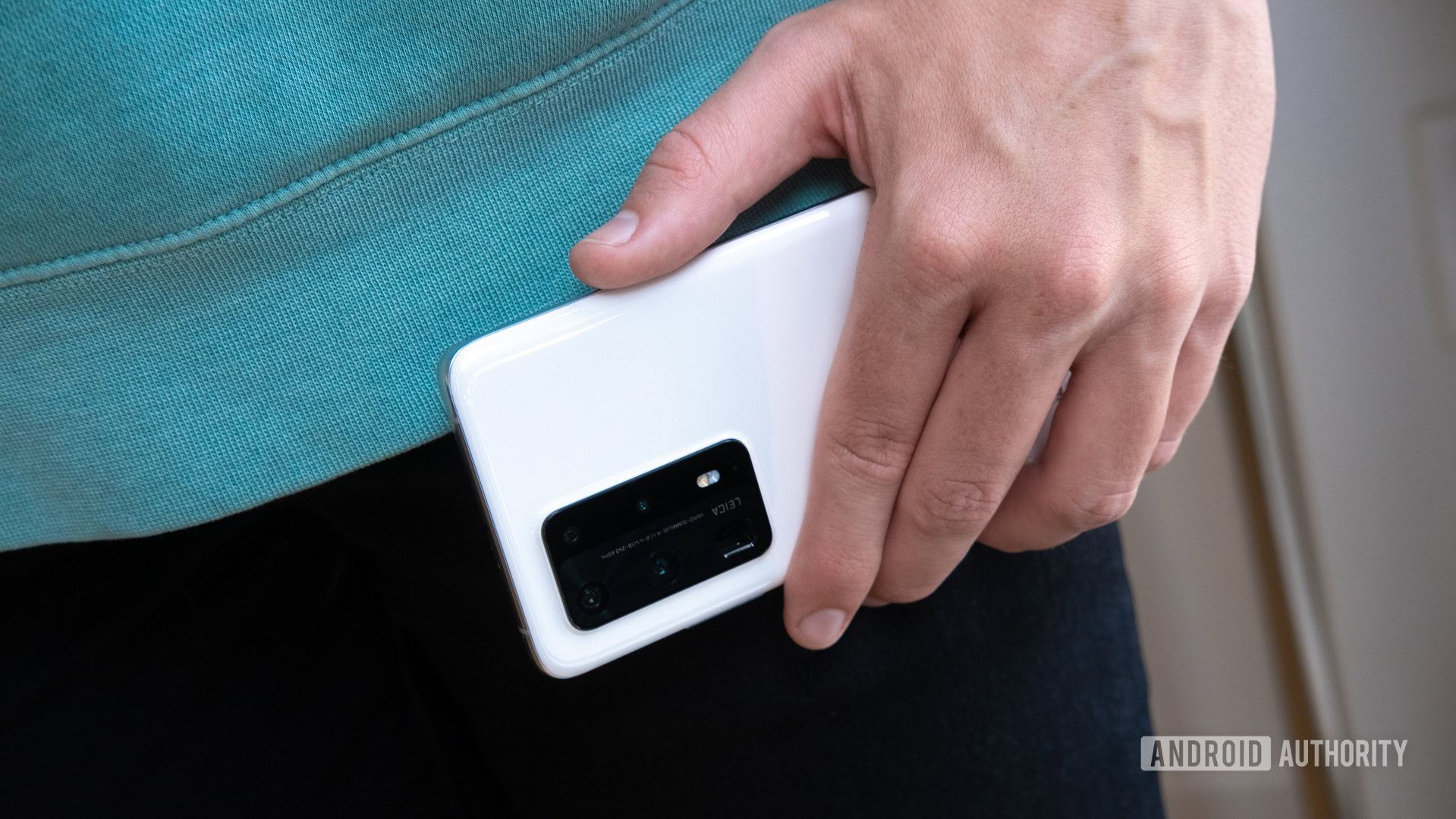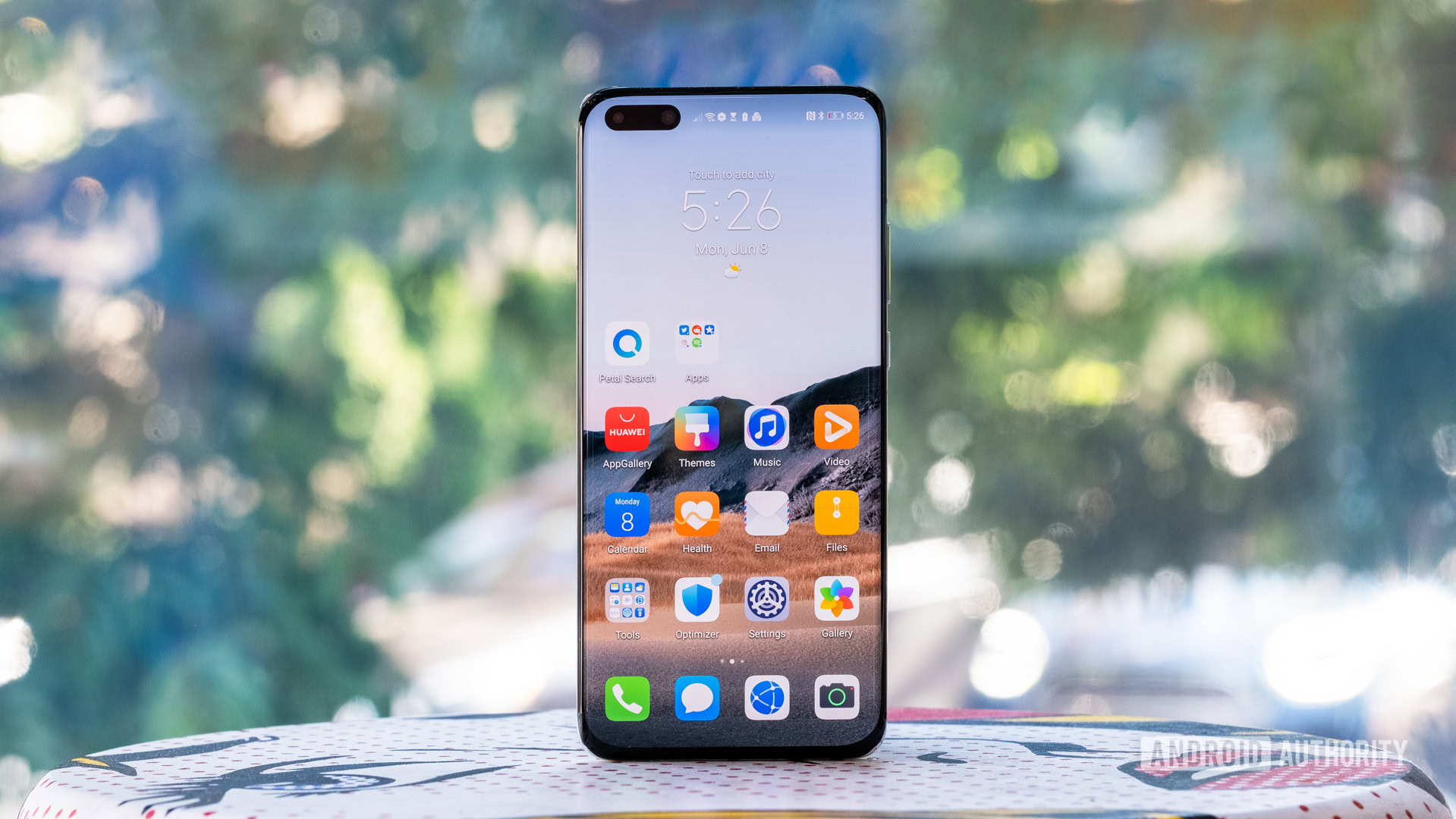Affiliate links on Android Authority may earn us a commission. Learn more.
Report: HUAWEI passes Samsung to be top smartphone maker (Update: Confirmation)

Update: July 31 2020 (2:26AM ET): Canalys reported yesterday that HUAWEI managed to pass Samsung as the number one smartphone maker in the world in Q2 2020. Now, two more tracking firms have corroborated the change at the top.
Counterpoint Research has revealed its Q2 2020 results, noting that the Chinese brand shifted 54.8 million units during the quarter compared to Samsung’s 54.2 million. Both brands reportedly accounted for 20% global market-share as a result.
Read: HUAWEI FreeBuds 3i review — Great features on a budget
“HUAWEI was able to attain this feat due to a unique market scenario created because of COVID-19. China, HUAWEI’s largest market, is now recovering from the pandemic compared to other markets like Europe, LATAM, and North America,” the firm’s associate director Tarun Pathak noted, while saying China accounted for 71% of HUAWEI’s shipments.
Fellow research firm Omdia also confirmed the change in its Q2 2020 report, finding that HUAWEI shipped 55.8 million units in the quarter compared to Samsung’s 54.3 million figure.
Omdia joined the other firms in saying that HUAWEI was able to benefit from China’s COVID-19 recovery in contrast to Samsung. However, the tracking company also attributed the success to HUAWEI being able to “mitigate impacts on its international business” due to the US trade ban.
Original article: July 30 2020 (): Huawei has eclipsed Samsung as the world’s biggest smartphone maker in Q2 2020, according to a report by Canalys. This comes after Counterpoint Research suggested that HUAWEI had briefly surpassed Samsung in April 2020.
Canalys said that it’s the first time in nearly a decade that a company other than Samsung or Apple has led a quarterly global smartphone shipments list.
As companies struggle to maintain momentum during the pandemic, few have managed to weather the storm. While HUAWEI has seemingly struggled as much as its rivals on the global stage, it has been aided in a big way by growing strength in its local market. As China was among the first countries to largely recover from the pandemic’s effects, HUAWEI’s operations there kept the company buoyant.
How buoyant, you ask? Chinese shipments are now said to account for 72% of the company’s total shipments share, up from 61% in Q1 2020 and just over 50% a year prior. This helped to cushion HUAWEI’s international fall, which saw another 27% decrease in Q2 2020, the fifth successive quarter that the company has seen declining global shipments.
See also: HUAWEI P series history: From humble beginnings to photography powerhouse
In comparison, Samsung holds less than 1% of the market in China. The Korean company’s international shipments figure saw an even steeper fall than HUAWEI too. It recorded a 30% year-over-year drop in Q2 2020. HUAWEI recovered slightly over the previous quarter, but still saw a fall of 27% in shipments beyond China.
In terms of total units shipped, HUAWEI reportedly saw 55.8 million devices leave its factories in Q2 2020. Samsung’s quoted figure stands at 53.7 million units.
Post-pandemic recovery aided HUAWEI

“This is a remarkable result that few people would have predicted a year ago,” said Canalys senior analyst Ben Stanton. “If it wasn’t for COVID-19, it wouldn’t have happened.”
That said, it’s not clear if it’s a position HUAWEI will be able to maintain post-pandemic. As more countries recover economically from the fallout, the company’s US trade ban will likely continue to impact its global performance.
These effects are pretty clear too judging by 2019 data. Just prior to the ban, HUAWEI saw a 61% increase to its global shipments in Q1 2019. The company in March reportedly expected its troubles to affect its sales by as much as 20% in 2020.
Samsung may also expect a brief rise in device shipments in the latter half of the year following its August 5 event and the announcement of the Galaxy Note 20 series. It’s likely that HUAWEI will also debut its Mate 40 series this year, but it may be subject to delays.
Next: HUAWEI P40 Pro Plus vs Samsung Galaxy S20 Ultra: Super zoom battle